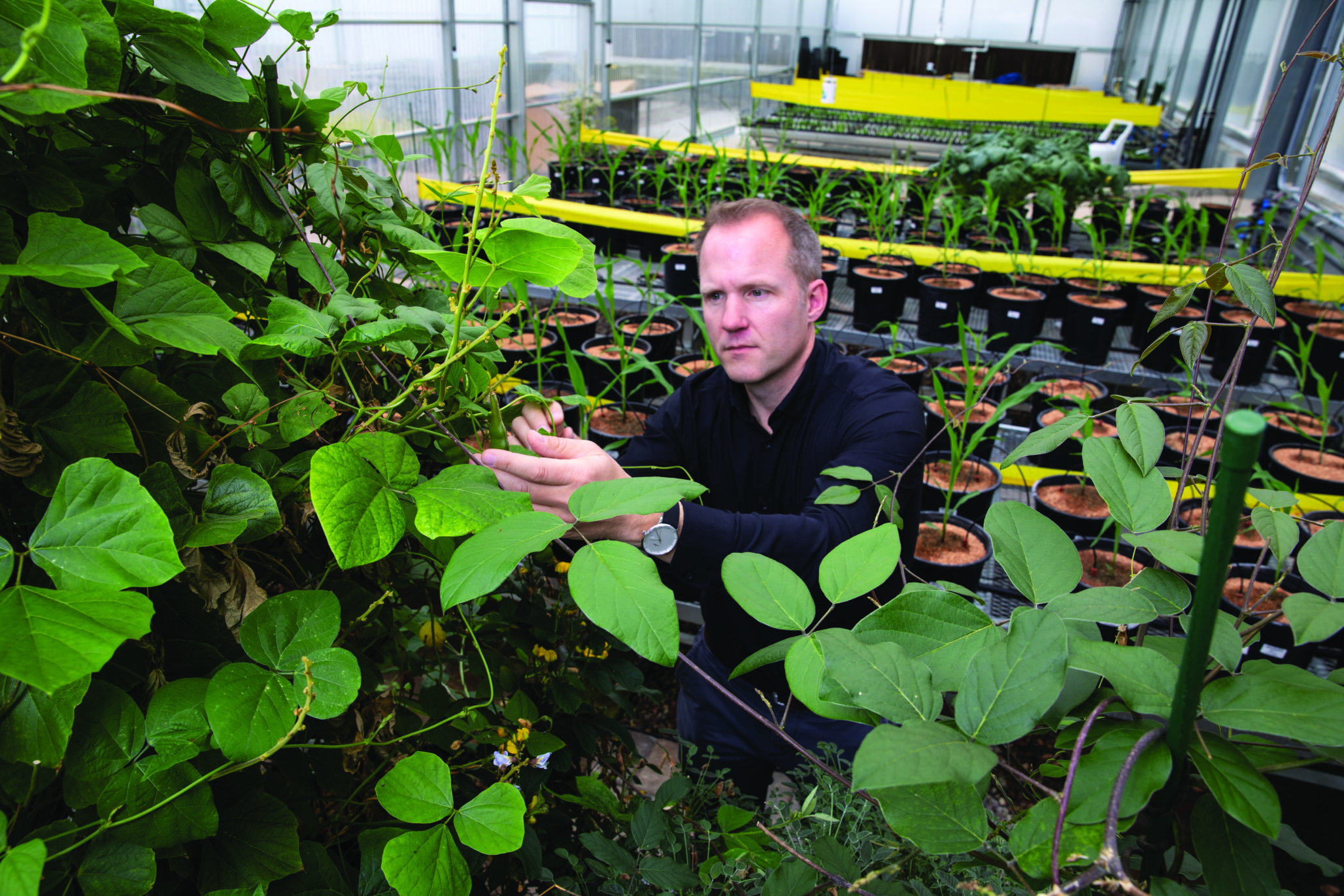A team of biologists and computer scientists has adopted a time-based machine-learning approach to deduce the temporal logic of nitrogen signaling in plants from genome-wide expression data. The work potentially offers new ways to monitor and enhance crop growth using less nitrogen fertilizer, which would benefit human nutrition and the environment.
The research, which appears in the journal Proceedings of the National Academy of Sciences (PNAS), centers on gene regulatory networks (GRNs) that identify which transcription factors serve to regulate genes needed to respond to nitrogen, which is a nutrient vital to plant development and human nutrition.
“By constructing these regulatory networks based on dynamic gene responses to nitrogen treatment, we can see, in time-lapse detail, the genetic process necessary for the intake of nitrogen and its conversion into amino acids used in the synthesis of all N-containing compounds including DNA, proteins, and chlorophyll,” explains Gloria Coruzzi, a professor in NYU’s Department of Biology and Center for Genomics and Systems Biology and the paper’s senior author. “Armed with these new insights, we can now look ahead for ways to bolster the efficiency of food production and enrich sustainable agriculture measures on lower nitrogen input, which would benefit the environment.”
The study also included researchers from Purdue University, the University of Illinois at Urbana Champaign, Cold Spring Harbor Laboratory, and the French National Institute for Agricultural Research.
The research exploited time — the fourth and largely unexplored dimension of GRNs — with the aim of better elucidating the transcription factors (TFs) relevant to genetic responses to nitrogen. Specifically, understanding how transcription factors function at different points in time can allow scientists to target the early responders and to make predictions on the temporal operation of the entire gene regulatory network.
This time-based GRN now provides a wealth of regulatory knowledge to inform testable hypotheses on how 155 transcription factors exert regulatory control of nitrogen response and its effect on core plant life processes, such as circadian rhythm, photosynthesis, and RNA metabolism, among other phenomena affecting plant growth, development, and yield.












